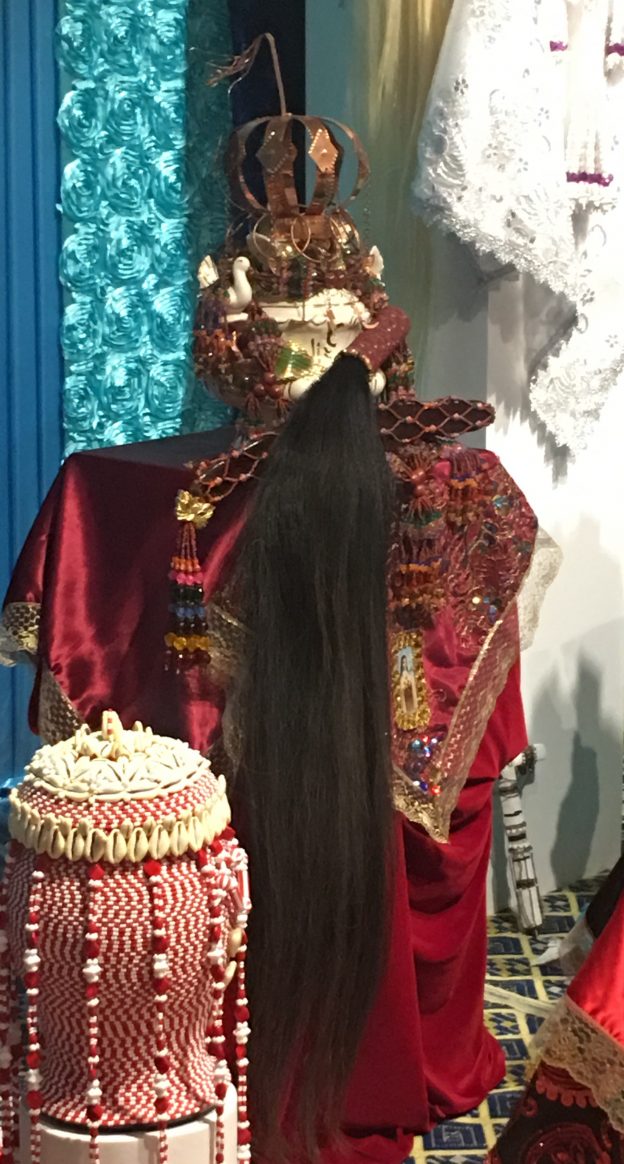I am studying the staff of th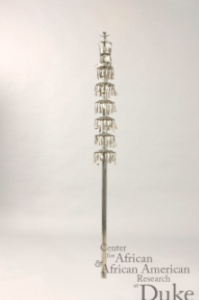 e God Oxalá who is the oldest of the orishas. He is the orisha of purity and whiteness and owns the head. He walks hunched over using the staff to support him. Oxalá is syncretized with Jesus Christ just like other orishas are associated with Catholic saints. He is the father of all Orisha and the owner of all Ori. The oldest avatar of Oxalá carries this significant staff or paxorô.
e God Oxalá who is the oldest of the orishas. He is the orisha of purity and whiteness and owns the head. He walks hunched over using the staff to support him. Oxalá is syncretized with Jesus Christ just like other orishas are associated with Catholic saints. He is the father of all Orisha and the owner of all Ori. The oldest avatar of Oxalá carries this significant staff or paxorô.
Oxalás colors are white and silver, this is represented in the silver six-tiered staff. The top holds a crown symbolizing his power and a dove representing peace and his preferred sacrificial animal. Hanging on each of the tiers are pendants meant to represent Oxalá himself and the other orishas associated with him. On each of the six tiers which stick out like umbrellas are attached pendants including shapes of fish, mortars, bells, butterflies, and feathers. Each pendant represents one of the orishas. An example is the fish pendant represents the sea Iemanjã.
To find more information about the paxorô of
Oxalá I will use the UVM library to find books explaining the use of the staff in religious practices. Primary and secondary sources found on the internet may also aid me to find how the significance of the paxorô for personhood. Duke University’s site on the sacred arts of the Black Atlantic also gives information on the symbolism of the pendants which can represent its function in society.

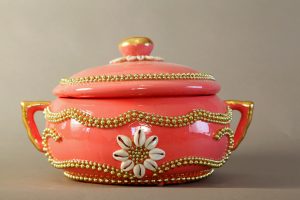
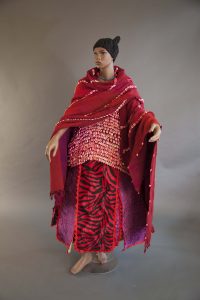
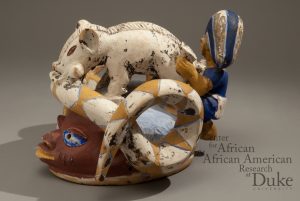



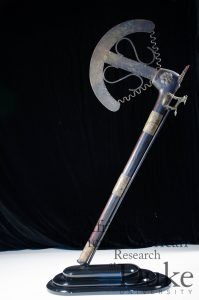 I am studying Fon scepter for the God Hevioso. This object is a wooden staff with an axe like head and is used in political and festival practices in what is now modern day Benin. I want to study this object because I want to learn more about the use of these scepters in court and religious practices. I also want to know more about this specific scepter and the king or Oba who carried this scepter and the effect it had on the Fon people. I want to know more about how the designs on the scepter represent the king who held it and Hevioso the God of Thunder. This research will help the reader understand that objects that are taken out of festivals have little to no meaning unless it is shown in a practical sense. It helps the reader understand that each object has a much deeper meaning and each king has a god representing them.
I am studying Fon scepter for the God Hevioso. This object is a wooden staff with an axe like head and is used in political and festival practices in what is now modern day Benin. I want to study this object because I want to learn more about the use of these scepters in court and religious practices. I also want to know more about this specific scepter and the king or Oba who carried this scepter and the effect it had on the Fon people. I want to know more about how the designs on the scepter represent the king who held it and Hevioso the God of Thunder. This research will help the reader understand that objects that are taken out of festivals have little to no meaning unless it is shown in a practical sense. It helps the reader understand that each object has a much deeper meaning and each king has a god representing them.

